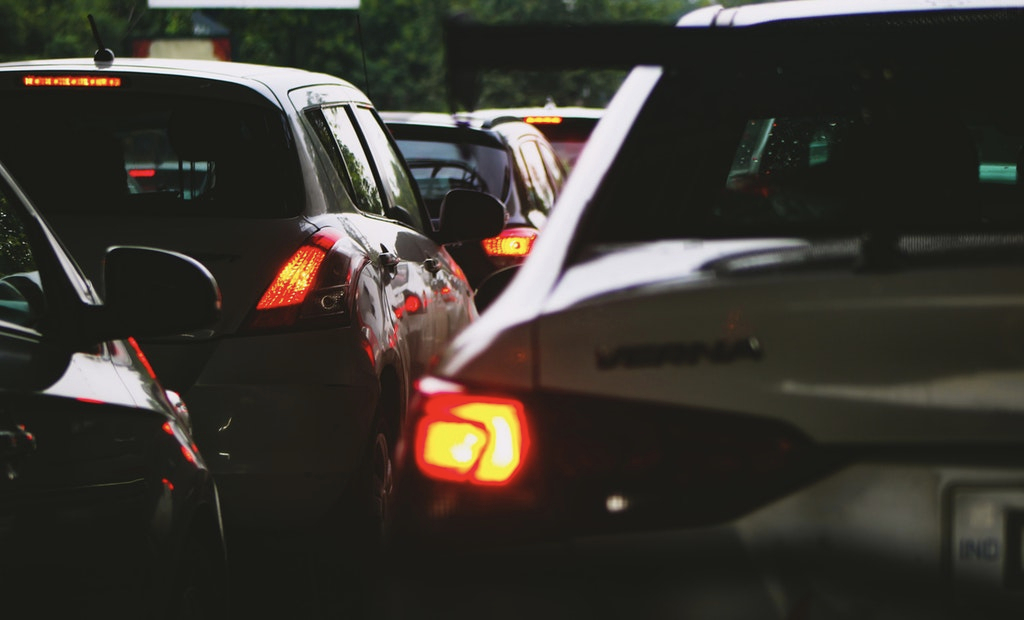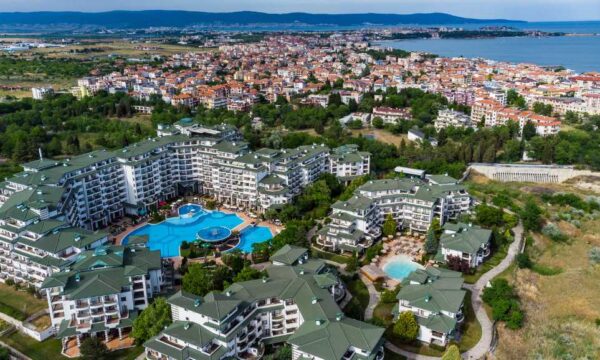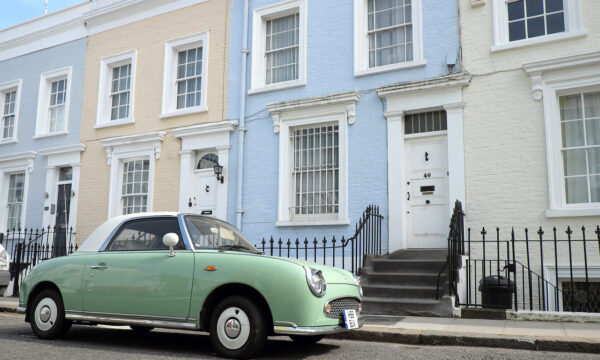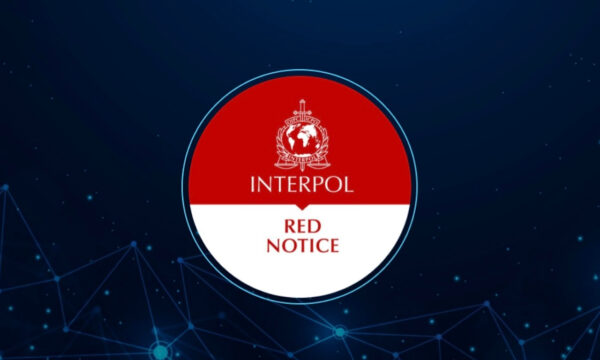Stop signs 101

Stop signs are designed to make the roads safer. So, when installing them, be sure to take safety and security into consideration. Placed to prevent crashes, stop signs are used to guide motorists on roads. It’s also important to note that stop signs tend to have an effect on the security as well as the needs of the community. Thus, they should be placed strategically. For instance, a stop sign in one location might have a direct effect on another street. Plus, other drivers may decide to look for new routes so as to avoid stop signs – leading to traffic-related issues in the neighbourhoods. Along these lines, here is all you should know concerning stop signs.
High speeds
Erecting stop signs on one street may promote speeding on other streets – especially the intersecting ones. That’s why City traffic engineers must be careful when installing stop signs. Among other things, traffic engineers must consider configurations, intersections, rash reports, as well as traffic flow volume when erecting any traffic stop sign.
Two-way stop signs
Normally, stop signs should be erected at intersections that experience more crashes. They help guide motorists. Thus, City traffic engineers have the responsibility of erecting them based on a number of street characteristics. They include:
- The intersections
- Number of crashes
- Restricted views
Four-way / All-way stops
Two-way stop based signs help define the motorists with the right to move/proceed. Ideal for intersections that experience more crashes, four-way stop signs (examples of a stop sign) can also be used in areas that experience traffic congestion.
Where are four-way stop sigs placed?
Generally, four-way stop signs should be placed in the following locations:
- Where there is a need for traffic signals. They act as an interim measure.
- Crash prone locations: four-way stop signs can be placed in locations that have a history of crashes. For instance, if the location experiences more than five crashes per year, engineers will have to install a four-way stop sign.
Understanding a typical neighbourhood stop plan
In simple terms, neighbourhood stop plans entail a systematic approach of stop sign installation. The approach seeks to examine an area to establish stop-controlled intersections – especially when it comes to the alternating pattern.
How to request for stop signs
Stop signs are meant to make roads safer and prevent crashes. Therefore, if you need one in a location, it’s better to request it from your local City traffic engineer. So, if you notice an intersection without signs and signals, it’s better to request a traffic stop sign.
The bottom line
Car crashes can be annoying, agonising, and expensive. From injuries to having to repair your car, a crash is something you should look to avoid at all costs. And that’s where traffic stop signs come in. With traffic stop signs, you have a tool that will control traffic – guiding motorists when it comes to who has the right to move. So, if you notice that intersections are lacking traffic signals – prioritise calling City engineers to erect a stop sign. It will save motorists from crashes and install sanity on that intersection.
The editorial unit




















Facebook
Twitter
Instagram
YouTube
RSS